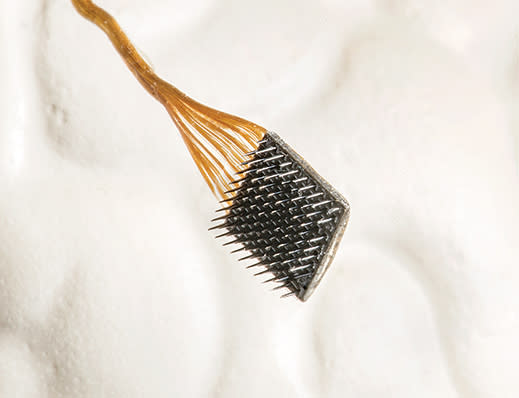Paralyzed man regains use of arms thanks to 'wireless spinal cord'

Remember that paralyzed guy from Southern California who managed to walk on his own accord thanks to a revolutionary technique that bridged the gap in his severed spinal column with a wireless Bluetooth link? A team of doctors at Ohio's Case Western Reserve University have reportedly accomplished the same feat with a patient's arms.
The team described its initial findings at a meeting of the Society for Neuroscience in Chicago on Tuesday. The system works much like that of the earlier team at UC Irvine: a brain-control interface (BCI) reads the patient's brain waves emanating from his motor cortex, converts them into actionable electrical signals and wirelessly transmits them to an actuator "sewn into" the patient's arm. This actuator is comprised of 16 filament wires that generate electrical impulses, which cause various muscle groups to contract when stimulated. The patient thinks about moving his arm and it does so -- well, sorta.

The neural electrode array, dubbed Utah, used to pick up signals from the motor cortex
"It's not a fluid natural movement like you are picking up a cup of coffee to drink it," John Donoghue of Braingate, the consortium that developed the BCI, said in a statement. "But the fact that they got a person to control their own body, to stimulate muscles in a specific way to make them move, and do it from a small patch of brain, is incredible." The unnamed patient has shown he's capable of commanding a virtualized arm with near perfect control. The problem is that his real arm has been paralyzed for so long that the muscles have atrophied and are pretty useless right now. However, as his arm regains strength, the medical team expects the patient's control to improve drastically.
[Image Credit: Universal Pictures]

